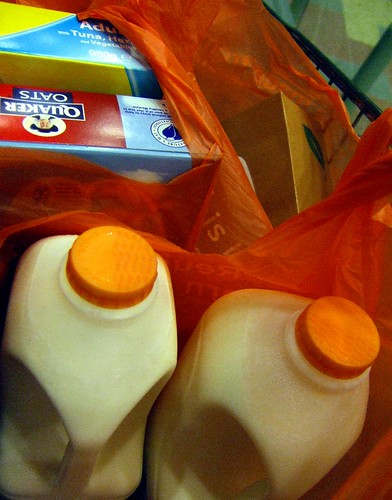Microeconomics vs. Macroeconomics-
Economics can be described as the social science that examines how people use limited resources to produce, distribute, and consume goods and services to satisfy their unlimited needs and desires. Although microeconomics and macroeconomics are not the only disciplines and paths of specialization to exist within the broader context of economics, these two related, tightly bound, but nonetheless disparate fields are likely the most prominent.
Microeconomics and macroeconomics do exactly what their names indicate. Microeconomics focuses on close-up snapshots of people, businesses, and non-profit organizations acting within economies while macroeconomics zoom out to concentrate on the big picture of broader trends within those economies. Both fields use the same concepts. Furthermore, neither microeconomics nor macroeconomics is independent and thus separate from the other. Individual economic actions cannot be understood without the context of their economies while economies cannot be understood without understanding the individual actors that constitute them.
What is Microeconomics?
 Microeconomics examines the actions of individual agents such as households and business firms. It is mainly interested in the decisions of individuals concerning using their own limited resources for their Cost of Living and the impact of those decisions on the demand and supply of specific goods or services. Perhaps the most prominent example of microeconomics is the standard demand-supply model, which states that the price and quantity sold of a product is determined by the interaction of demand for that product and the willingness of producers to supply it. Much of microeconomics revolves around the decisions of the consumers and the producers in that relationship plus their impact on the product. For example, the examination of market conditions that lead to natural monopolies absent government intervention is considered a microeconomic topic, as is the examination of change in demand for a product based on the consumer’s perception of the prestige of that product.
Microeconomics examines the actions of individual agents such as households and business firms. It is mainly interested in the decisions of individuals concerning using their own limited resources for their Cost of Living and the impact of those decisions on the demand and supply of specific goods or services. Perhaps the most prominent example of microeconomics is the standard demand-supply model, which states that the price and quantity sold of a product is determined by the interaction of demand for that product and the willingness of producers to supply it. Much of microeconomics revolves around the decisions of the consumers and the producers in that relationship plus their impact on the product. For example, the examination of market conditions that lead to natural monopolies absent government intervention is considered a microeconomic topic, as is the examination of change in demand for a product based on the consumer’s perception of the prestige of that product.
What is Macroeconomics?
In contrast to microeconomics, macroeconomics examines the economies that are made up of those individual economic agents. It is interested in examining economic phenomenon stretching to encompass entire national and international economies, particularly those influencing the output of these economies, their unemployment rates, and changes in the value of money. Common topics in macroeconomics include the business cycle, the impacts of international trade, and theories about the factors that contribute to economic growth in the long-run.
How do Micro and Macro Economics interact?
Microeconomics and macroeconomics are inter-related because their fields of interest are bound together and cannot be separated. The decisions of individuals make up the economies studied in macroeconomics, even as broader trends in those economies strongly influence the decisions of those individuals. A microeconomist cannot possibly study the investment policies of businesses without understanding the impact of macroeconomic trends such as economic growth and taxation policies. Similarly, a macroeconomist cannot study the components of output in a nation’s economy without understanding the demand of individual households and firms.
In the end, both microeconomics and macroeconomics are examining the same things, albeit from very different perspectives. Microeconomics takes a bottoms-up approach while macroeconomics takes a top-down approach.
See Also:
- What is Quantitative Easing?
- Its Weight in Gold: The Real Prices of Things
- What is the Misery Index?
- What is the “Real” Unemployment Rate
Author Bio:
Guest Post contributed by Justin Epley. Justin is a freelance writer. His articles appear on various economics blogs.


Leave a Reply